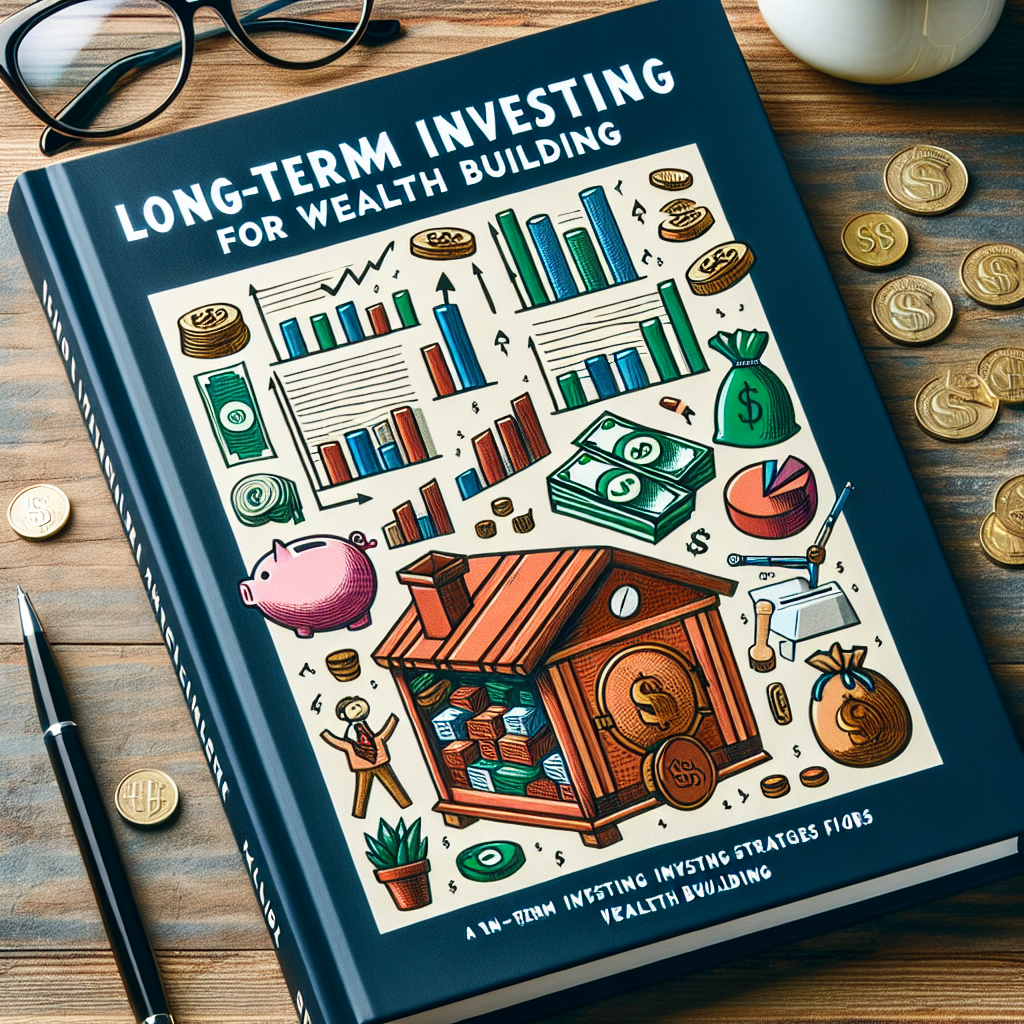Long-Term Investing Strategies for Wealth Building
Investing is a proven strategy to build wealth over time. However, it’s not a get-rich-quick scheme. Long-term investing requires patience, discipline, and a well-thought strategy. In this article, we will explore some of the most effective long-term investing strategies for wealth building.
Understanding Long-Term Investing
Long-term investing refers to the strategy of buying and holding investment assets for a prolonged period, typically for years or even decades. The premise behind this strategy is that despite short-term market fluctuations, the value of investment assets tends to increase over time.
Key Long-Term Investing Strategies
1. Diversification
Diversification is a risk management strategy that involves spreading investments across various financial instruments, industries, and other categories to reduce exposure to any single asset or risk. The goal of diversification is to maximize returns by investing in different areas that would each react differently to the same event.
2. Dollar-Cost Averaging
Dollar-cost averaging (DCA) is an investment technique of buying a fixed dollar amount of a particular investment on a regular schedule, regardless of the share price. This strategy helps reduce the impact of volatility on the overall purchase of the investment.
3. Buy and Hold
The buy-and-hold strategy involves buying stocks or other securities and holding them for a long period despite market fluctuations. The idea behind this strategy is that in the long run, financial markets give a good rate of return despite periods of decline or stagnation.
4. Growth Investing
Growth investing is a strategy where an investor seeks out companies demonstrating signs of high earnings that are well above the average rate compared to other companies in the market. This strategy requires a certain level of analysis and a higher risk tolerance due to the uncertainty inherent in investing in companies whose earnings are expected to grow at an above-average rate.
Benefits of Long-Term Investing
1. Potential for Higher Returns
Over the long term, investing can yield significantly higher returns compared to saving. While markets fluctuate in the short term, they tend to increase in value over the long term.
2. Compounding
Long-term investing allows your earnings to compound. Compounding is the process where the return on your investment begins to earn its return. It’s the snowball effect – the amount of income you receive grows over time, not only because of your initial investment but also because of the interest that accumulates.
3. Reduced Transaction Costs
Long-term investing requires fewer transactions, which can significantly reduce costs. These costs can eat into your investment returns, especially if you’re frequently buying and selling assets.
4. Tax Efficiency
Holding investments for more than a year can result in lower capital gains taxes. This is because long-term capital gains are typically taxed at a lower rate than short-term gains.
Conclusion
Long-term investing is a proven strategy for building wealth. It takes time, patience, and a well-thought-out strategy. By understanding and employing the strategies outlined above, you can set yourself on a path to financial security and wealth accumulation. Remember, the key to successful long-term investing is to start as early as possible and stay consistent.




